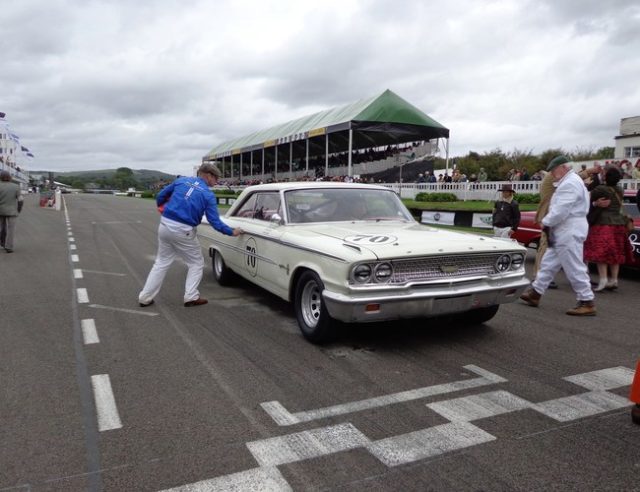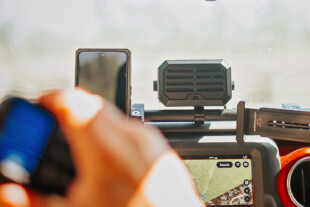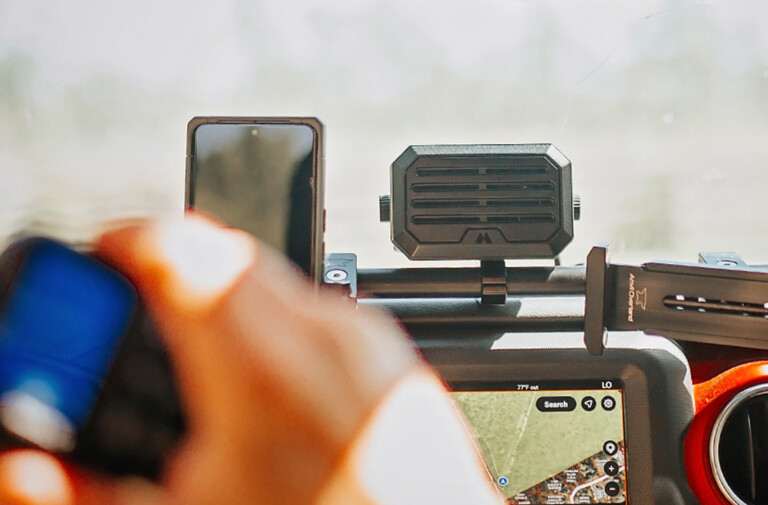It’s big, it’s cumbersome, and yet, it still corners quite well. Thankfully, this particular Ford Galaxie is the stripped down, track-ready version. Though, with the land yacht proportions, “lightweight” is a descriptor you’ll have to take with a grain of salt, or maybe a full Morton’s cylinder of salt.
All Lightweights came with fiberglass fenders, doors, hood and rear decklid, and the bumpers and brackets were made from thin aluminum. Bringing the 3,500-pound behemoth to a stop: Police Interceptor low-fade 11-inch brakes with drilled backing plates. The interior was as spartan as possible—no sound deadening or seam sealer, heater or radio. The car was lightened further with the omission of trunklid springs and a spare tire. No sumptuous features were retained.
These cars were capable of blasting down the quarter-mile in under 13 seconds, which was quite a time in 1963. Recognizing their potential for cornering, a few clever fellas brought four of the 211 built made across the pond to race road courses in Europe. Clearly, the weight saving measures, as well as the beefier brakes and suspension, made for a car that handles with some poise.
That isn’t to say it’s an Elise, but its design suits the long, flowing Goodwood layout. It does rotate nicely on throttle, and Bill Shepherd has no issues wrangling the 427 to his advantage. With roughly 500 ponies at his disposal, he does a stellar job putting the power to Goodwood’s cambered surface, since the Ford spins the tires over crests and gladly slides when the power is applied too aggressively after a quick upshift. Managing this bucking bronco’s wave of torque takes a lot of experience and comfort with the car; since he’s been given the name “Mr. Mustang,” chances are this isn’t his first rodeo.






















